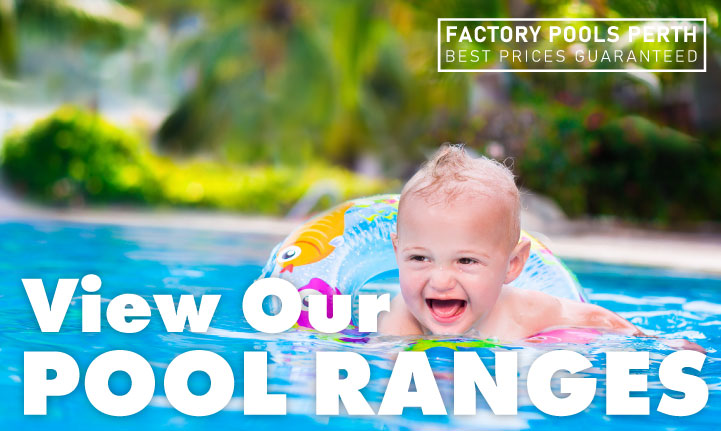How To Effectively Use Pool Shock Products Without Harming Water Balance
Maintaining a pool is more than just a summer chore—it's an art form. The balance between crystal-clear water and safe swimming conditions relies heavily on one essential product—pool shock. But if not used correctly, this hero of pool sanitation can turn into a villain. In this blog post, we'll guide you through the nuanced world of pool shock products, ensuring you keep your pool pristine without compromising its delicate water balance.
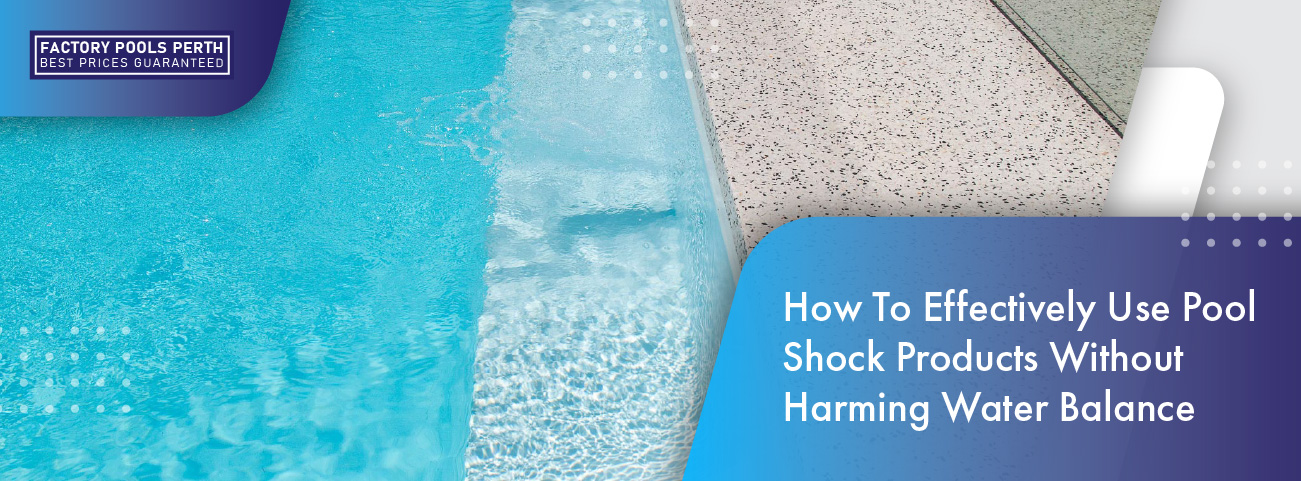
Why Pool Shock Products Are Essential
Pool shock products are crucial for maintaining a clean and safe swimming environment. They work by eliminating contaminants like algae, bacteria, and chloramines that regular chlorine treatments might miss. Shocking your pool helps reset the chlorine levels, keeping the water safe and clear for swimmers. It’s an essential part of pool maintenance that ensures every swim is a pleasant experience.
Understanding Pool Water Balance
Water balance is the foundation of a healthy pool. It involves maintaining the right levels of pH, total alkalinity, and calcium hardness. Proper water balance helps safeguard the pool’s equipment from corrosion and scale buildup and ensures that the water is comfortable for swimmers. Imbalance in these levels can lead to various issues, from cloudy water to skin irritation.
The Role of pH
pH measures the acidity or alkalinity of your pool water. Ideally, it should be between 7.2 and 7.6. If the pH is too low, the water becomes acidic, causing corrosion to the pool’s surfaces and equipment. Conversely, high pH levels can lead to scaling, making the water cloudy and irritating the skin and eyes of swimmers.
Total Alkalinity
Total alkalinity acts as a buffer for pH levels, helping to keep them stable. The recommended range for total alkalinity is 80-120 ppm (parts per million). If it falls outside this range, pH levels can fluctuate wildly, making it difficult to maintain a stable water balance.
Calcium Hardness
Calcium hardness refers to the amount of dissolved calcium in your pool water. The ideal range is 200-400 ppm. Low calcium hardness can cause water to become corrosive, damaging the pool’s surfaces and equipment. High levels can lead to scaling, which not only looks unsightly but can also clog the pool’s filtration system.
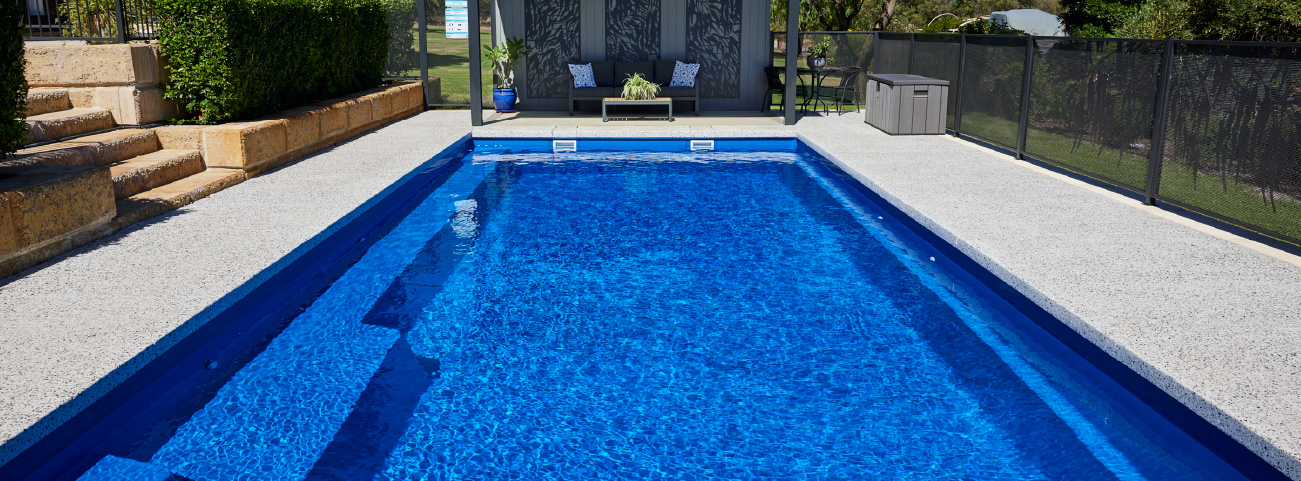
Different Types of Pool Shock
Understanding the types of pool shock products available can help you choose the most suitable one for your pool. Here are the main types:
Calcium Hypochlorite
Calcium hypochlorite is the most common type of pool shock. It’s effective at quickly raising chlorine levels to destroy contaminants. However, it can increase calcium hardness, which may be an issue in areas with hard water.
Sodium Dichlor
Sodium dichlor is a stabilised chlorine shock that contains cyanuric acid. It’s less potent than calcium hypochlorite but is ideal for regular maintenance as it dissolves quickly without raising pH levels.
Potassium Monopersulfate
Potassium monopersulfate is a non-chlorine shock used primarily for regular maintenance. It’s effective at oxidising contaminants without raising chlorine levels, making it a good option for pools with high chlorine levels.
Lithium Hypochlorite
Lithium hypochlorite is another non-calcium formulation that dissolves quickly and doesn’t cloud the water. It’s more expensive but is effective in maintaining water balance, particularly in hard water areas.
Step-by-Step Guide to Using Pool Shock
Using pool shock correctly is crucial to ensure you don’t disturb the water balance while keeping your pool clean. Here’s a detailed guide:
Measure the Correct Dosage
The first step is to measure the correct dosage of pool shock. The general rule is to add one pound of shock for every 10,000 gallons of water. Always refer to the product’s instructions for specific dosages.
Dissolve the Shock
For granular shock, it’s a good practice to pre-dissolve it in a bucket of water. This prevents the granules from settling at the bottom of the pool, which can bleach the pool’s surface.
Shock at Night
Apply the shock in the evening to allow it to work overnight. This prevents the sun’s UV rays from breaking down the chlorine before it has a chance to work effectively.
Distribute Evenly
Pour the pre-dissolved shock evenly around the pool’s perimeter, focusing on areas with poor circulation. Use a pool brush to help distribute the shock and prevent it from settling at the bottom.
Run the Pump
Run the pool pump for at least 8 hours to help circulate the shock throughout the pool. This ensures that the shock reaches all areas, eliminating contaminants effectively.
Retest the Water
After shocking, wait 24 hours and retest the water to ensure the chlorine levels have stabilised. Adjust pH and alkalinity levels if necessary to maintain proper water balance.
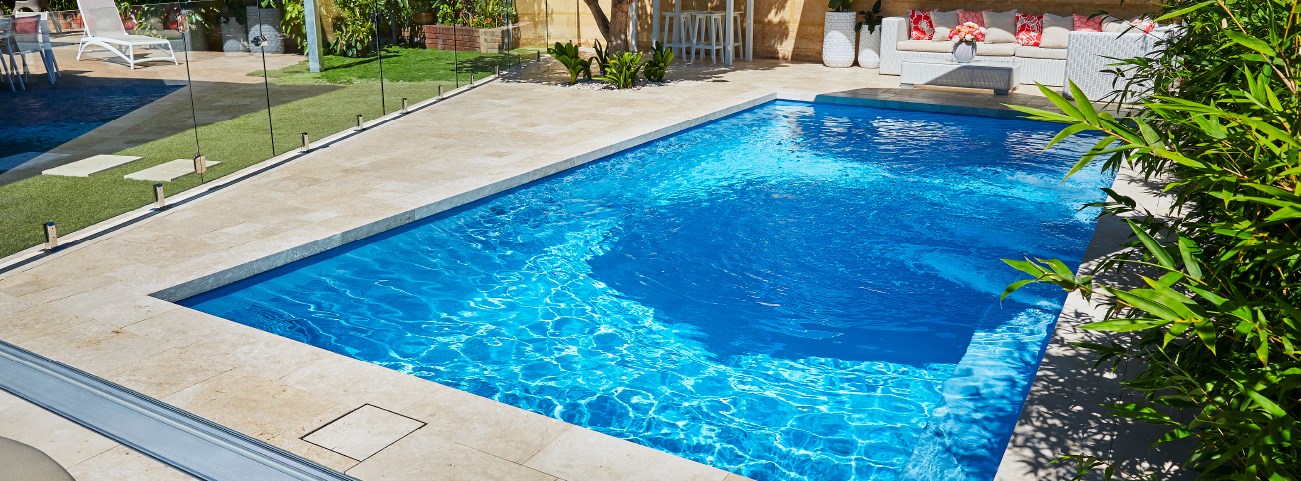
Common Mistakes to Avoid
After shocking, wait 24 hours and retest the water to ensure the chlorine levels have stabilised. Adjust pH and alkalinity levels if necessary to maintain proper water balance.
Using Too Much Shock
Adding more shock than necessary can lead to high chlorine levels, which can cause skin and eye irritation and damage the pool’s surfaces and equipment.
Shocking During the Day
Shocking during the day can reduce the effectiveness of the treatment as the sun’s UV rays break down the chlorine. Always shock your pool in the evening or at night.
Ignoring Water Balance
Failing to adjust pH, alkalinity, and calcium hardness levels before and after shocking can lead to an imbalanced pool, causing issues like cloudy water and skin irritation.
Tips for Regular Pool Maintenance
Regular maintenance can reduce the need for heavy shock treatments and keep your pool in top condition. Here are some tips:
Test Water Regularly
Test your pool water at least once a week to monitor pH, alkalinity, and chlorine levels. This helps catch any imbalances early, preventing larger issues down the line.
Clean the Pool
Skim the surface, brush the walls, and vacuum the floor of your pool regularly to remove debris and prevent algae growth. Regular cleaning reduces the need for heavy shock treatments.
Maintain Equipment
Regularly check and maintain your pool’s equipment, such as the pump and filter, to ensure they are working efficiently. Clean the filter as needed to prevent clogs and improve circulation.
Use a Pool Cover
Using a pool cover when the pool is not in use can prevent debris from entering the water and reduce evaporation. This helps maintain water balance and reduces the need for frequent shocking.
Pool shock products are essential for maintaining a clean and safe swimming environment. However, using them correctly is crucial to avoid upsetting the water balance. By understanding the types of pool shock available, following the correct steps for application, avoiding common mistakes, and maintaining your pool regularly, you can enjoy crystal-clear water all season long. If you’re looking for personalised advice and additional tips, consider reaching out to a pool maintenance professional.
How To Effectively Use Pool Shock Products Without Harming Water Balance
Maintaining a pool is more than just a summer chore—it's an art form. The balance between crystal-clear water and safe swimming conditions relies heavily on one essential product—pool shock. But if not used correctly, this hero of pool sanitation can turn into a villain. In this blog post, we'll guide you through the nuanced world of pool shock products, ensuring you keep your pool pristine without compromising its delicate water balance.
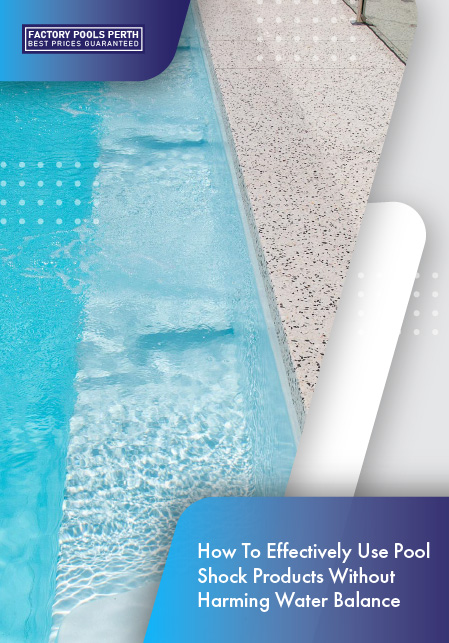
Why Pool Shock Products Are Essential
Pool shock products are crucial for maintaining a clean and safe swimming environment. They work by eliminating contaminants like algae, bacteria, and chloramines that regular chlorine treatments might miss. Shocking your pool helps reset the chlorine levels, keeping the water safe and clear for swimmers. It’s an essential part of pool maintenance that ensures every swim is a pleasant experience.
Understanding Pool Water Balance
Water balance is the foundation of a healthy pool. It involves maintaining the right levels of pH, total alkalinity, and calcium hardness. Proper water balance helps safeguard the pool’s equipment from corrosion and scale buildup and ensures that the water is comfortable for swimmers. Imbalance in these levels can lead to various issues, from cloudy water to skin irritation.
The Role of pH
pH measures the acidity or alkalinity of your pool water. Ideally, it should be between 7.2 and 7.6. If the pH is too low, the water becomes acidic, causing corrosion to the pool’s surfaces and equipment. Conversely, high pH levels can lead to scaling, making the water cloudy and irritating the skin and eyes of swimmers.
Total Alkalinity
Total alkalinity acts as a buffer for pH levels, helping to keep them stable. The recommended range for total alkalinity is 80-120 ppm (parts per million). If it falls outside this range, pH levels can fluctuate wildly, making it difficult to maintain a stable water balance.
Calcium Hardness
Calcium hardness refers to the amount of dissolved calcium in your pool water. The ideal range is 200-400 ppm. Low calcium hardness can cause water to become corrosive, damaging the pool’s surfaces and equipment. High levels can lead to scaling, which not only looks unsightly but can also clog the pool’s filtration system.
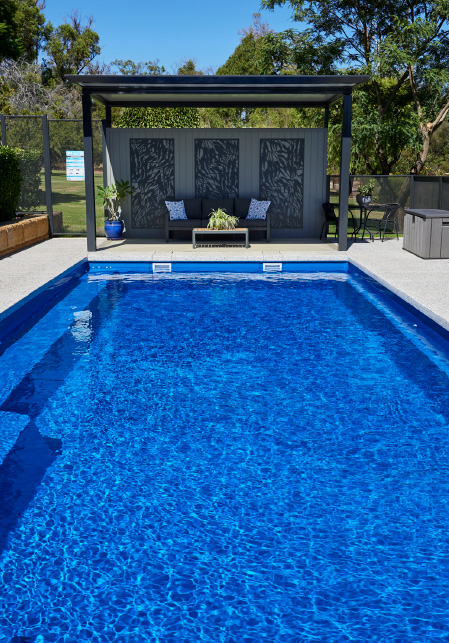
Different Types of Pool Shock
Understanding the types of pool shock products available can help you choose the most suitable one for your pool. Here are the main types:
Calcium Hypochlorite
Calcium hypochlorite is the most common type of pool shock. It’s effective at quickly raising chlorine levels to destroy contaminants. However, it can increase calcium hardness, which may be an issue in areas with hard water.
Sodium Dichlor
Sodium dichlor is a stabilised chlorine shock that contains cyanuric acid. It’s less potent than calcium hypochlorite but is ideal for regular maintenance as it dissolves quickly without raising pH levels.
Potassium Monopersulfate
Potassium monopersulfate is a non-chlorine shock used primarily for regular maintenance. It’s effective at oxidising contaminants without raising chlorine levels, making it a good option for pools with high chlorine levels.
Lithium Hypochlorite
Lithium hypochlorite is another non-calcium formulation that dissolves quickly and doesn’t cloud the water. It’s more expensive but is effective in maintaining water balance, particularly in hard water areas.
Step-by-Step Guide to Using Pool Shock
Using pool shock correctly is crucial to ensure you don’t disturb the water balance while keeping your pool clean. Here’s a detailed guide:
Measure the Correct Dosage
The first step is to measure the correct dosage of pool shock. The general rule is to add one pound of shock for every 10,000 gallons of water. Always refer to the product’s instructions for specific dosages.
Dissolve the Shock
For granular shock, it’s a good practice to pre-dissolve it in a bucket of water. This prevents the granules from settling at the bottom of the pool, which can bleach the pool’s surface.
Shock at Night
Apply the shock in the evening to allow it to work overnight. This prevents the sun’s UV rays from breaking down the chlorine before it has a chance to work effectively.
Distribute Evenly
Pour the pre-dissolved shock evenly around the pool’s perimeter, focusing on areas with poor circulation. Use a pool brush to help distribute the shock and prevent it from settling at the bottom.
Run the Pump
Run the pool pump for at least 8 hours to help circulate the shock throughout the pool. This ensures that the shock reaches all areas, eliminating contaminants effectively.
Retest the Water
After shocking, wait 24 hours and retest the water to ensure the chlorine levels have stabilised. Adjust pH and alkalinity levels if necessary to maintain proper water balance.
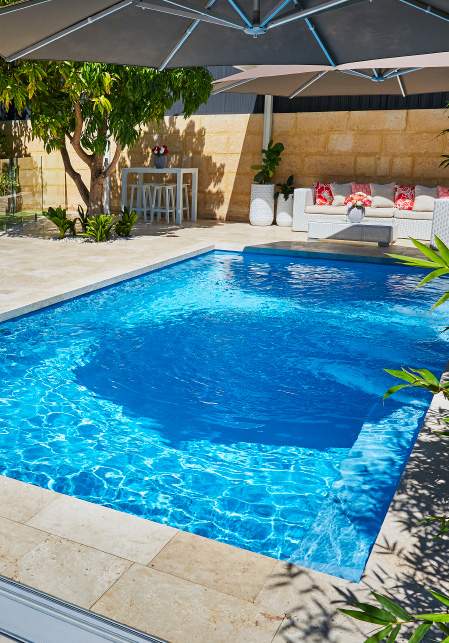
Common Mistakes to Avoid
After shocking, wait 24 hours and retest the water to ensure the chlorine levels have stabilised. Adjust pH and alkalinity levels if necessary to maintain proper water balance.
Using Too Much Shock
Adding more shock than necessary can lead to high chlorine levels, which can cause skin and eye irritation and damage the pool’s surfaces and equipment.
Shocking During the Day
Shocking during the day can reduce the effectiveness of the treatment as the sun’s UV rays break down the chlorine. Always shock your pool in the evening or at night.
Ignoring Water Balance
Failing to adjust pH, alkalinity, and calcium hardness levels before and after shocking can lead to an imbalanced pool, causing issues like cloudy water and skin irritation.
Tips for Regular Pool Maintenance
Regular maintenance can reduce the need for heavy shock treatments and keep your pool in top condition. Here are some tips:
Test Water Regularly
Test your pool water at least once a week to monitor pH, alkalinity, and chlorine levels. This helps catch any imbalances early, preventing larger issues down the line.
Clean the Pool
Skim the surface, brush the walls, and vacuum the floor of your pool regularly to remove debris and prevent algae growth. Regular cleaning reduces the need for heavy shock treatments.
Maintain Equipment
Regularly check and maintain your pool’s equipment, such as the pump and filter, to ensure they are working efficiently. Clean the filter as needed to prevent clogs and improve circulation.
Use a Pool Cover
Using a pool cover when the pool is not in use can prevent debris from entering the water and reduce evaporation. This helps maintain water balance and reduces the need for frequent shocking.
Pool shock products are essential for maintaining a clean and safe swimming environment. However, using them correctly is crucial to avoid upsetting the water balance. By understanding the types of pool shock available, following the correct steps for application, avoiding common mistakes, and maintaining your pool regularly, you can enjoy crystal-clear water all season long. If you’re looking for personalised advice and additional tips, consider reaching out to a pool maintenance professional.

